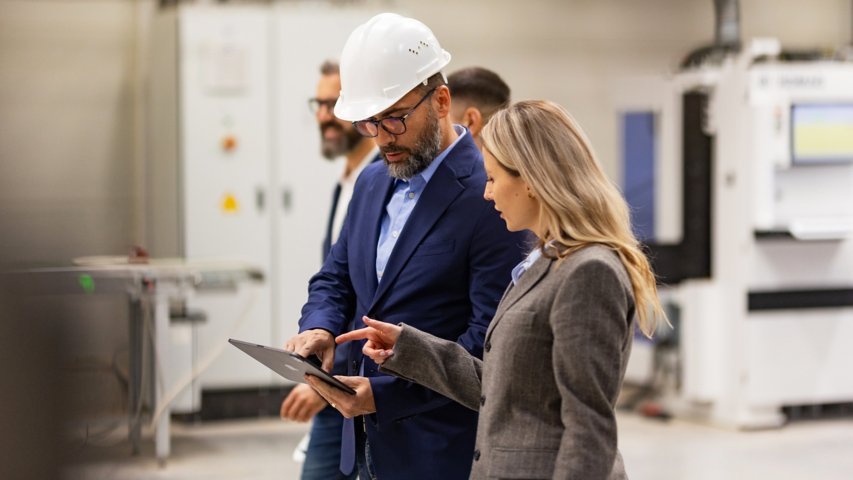As for those manufacturers who are struggling with decreased demand, focus will undoubtedly be on restricting expenditure as tightly as possible. But it’s uncertain how long this will go on, and it may be more a case of sink-or-swim than simply bunkering down to weather the storm. Those with an appetite to take the risk should re-invest in technology that will help them pivot to produce high-demand products.
No End to the Future
Of course, not all manufacturers are putting digital transformation on hold. In fact many customers are coming to us with urgent requests to help accelerate multi-skilling of their teams, or bring in expertise remotely. In these cases, digital transformation is becoming an urgent matter of the immediate, rather than a long-term journey.
Some technologies, such as augmented reality (AR), are immensely valuable for enabling rapid technological change in these scenarios. But it’s also important not to lose sight of the bigger, long-term picture.
Digital transformation is about much more than technology. Truly disruptive leaders, such as Amazon, Netflix and Uber, have shown that long-term success lies not in simply having better tech, but in adapting more closely to customer needs. This is just as true in manufacturing. Even before the crisis, we’ve seen manufacturers focus on more bespoke offerings for their customers: shorter runs, smaller orders and more customised products. For example, to meet its customers’ appetite for product lines that are refreshed frequently, one consumer goods manufacturer has begun updating its cleaning products every three to six months. This kind of adaptability is now more important than ever.
In this time of rapid change, it can be difficult to reach the long-term view implied by ‘future-gazing’. But long-term digital transformation is all about adapting quickly to changes. This crisis might be a new beginning that highlights the need for flexibility and greater oversight of assembly lines and supply chains. This is anything but the end of future-gazing.






